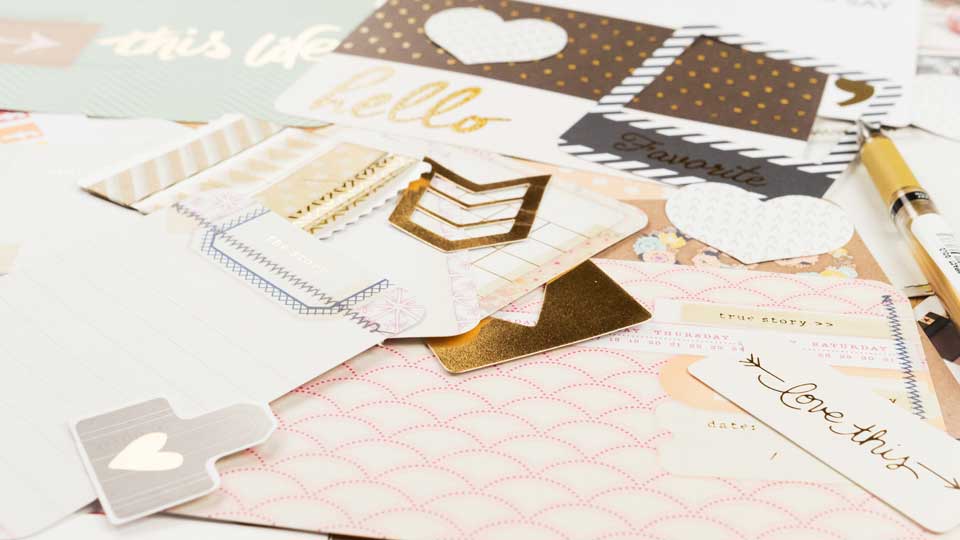The world of digital design is vast and intricate, filled with nuances that can make or break a project. Among these nuances, the concept of transparent backgrounds stands out as a pivotal element. This article delves deep into the importance of transparent backgrounds in digital design, elucidating what they are and the value they bring to the table.

What is a Transparent Background?
At its core, a transparent background is a type of background that allows for the underlying image or color to show through. Unlike solid backgrounds that obscure everything behind them, transparent backgrounds are, quite literally, see-through. This allows for greater flexibility in design as it means that the image can be placed on various backgrounds without a visible border or backdrop.
In the image above you can see a transparent background. Usually if you see these white-grey checker boxes you know that the object you are looking at is transparent and can be placed on any file having everything behind shining through.
Why are Transparent Backgrounds Essential?
JPG vs. PNG: A Comparative Look
Transparent backgrounds are an indispensable tool in the digital designer's toolkit. They offer unmatched flexibility, elevate the aesthetics of designs, and ensure that images integrate seamlessly into diverse layouts. As the comparison between JPG and PNG illustrates, the choice of format can significantly impact the transparency and quality of an image. Thus, understanding and effectively leveraging transparent backgrounds can be the difference between a good design and a great one.
Wanna learn more about illustrating and designing?
Join me in the Safari Lounge Designer Classes!

Safari Lounge Designer Classes
Learn everything you need to know to build a sustainable Business for Educational Printables. Let's create and plan your business together, and then: Market your products. It's all there,
personal coaching included! In case you just wanna have fun and create some printables for your little ones - that's inside as well!
